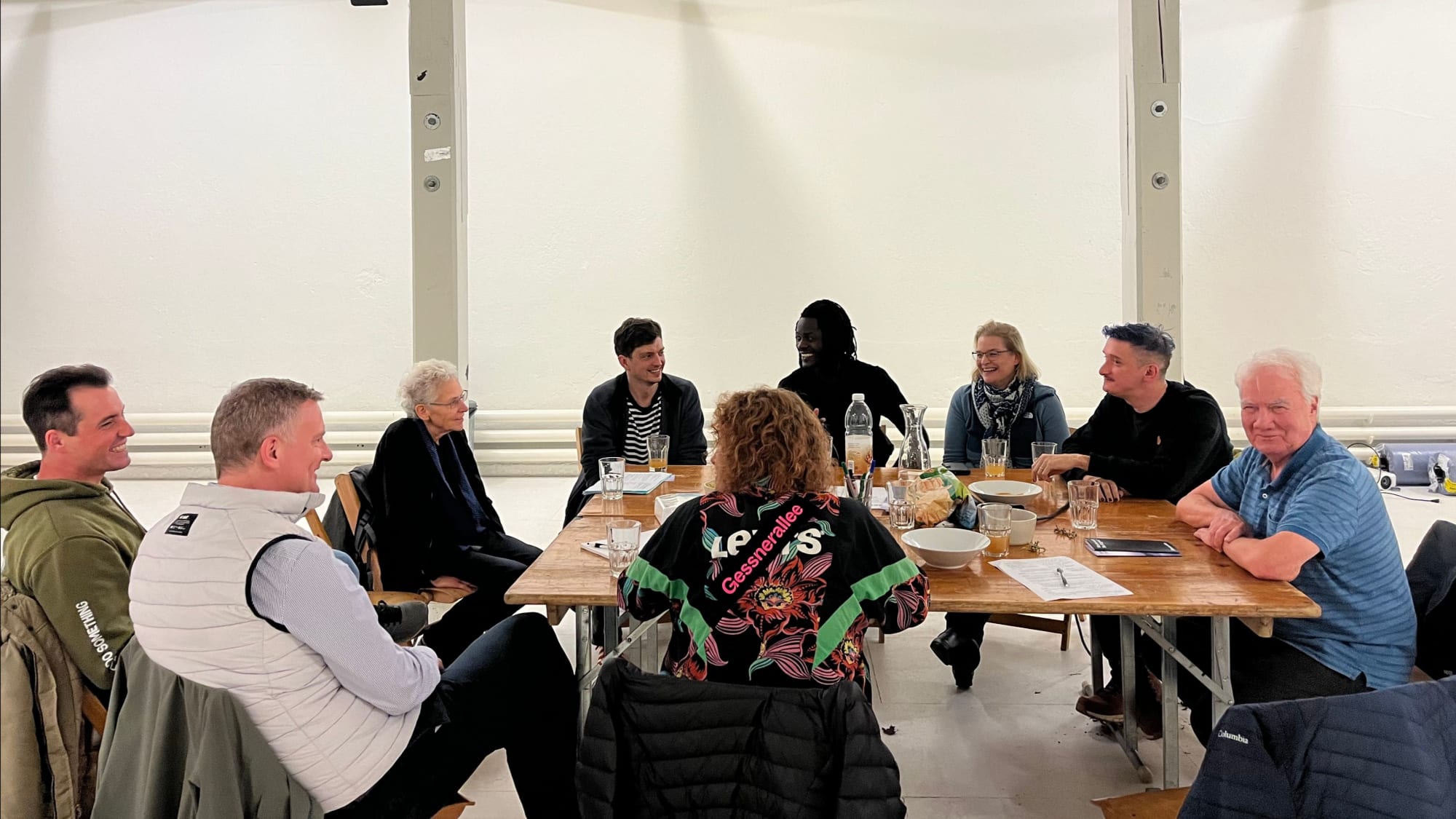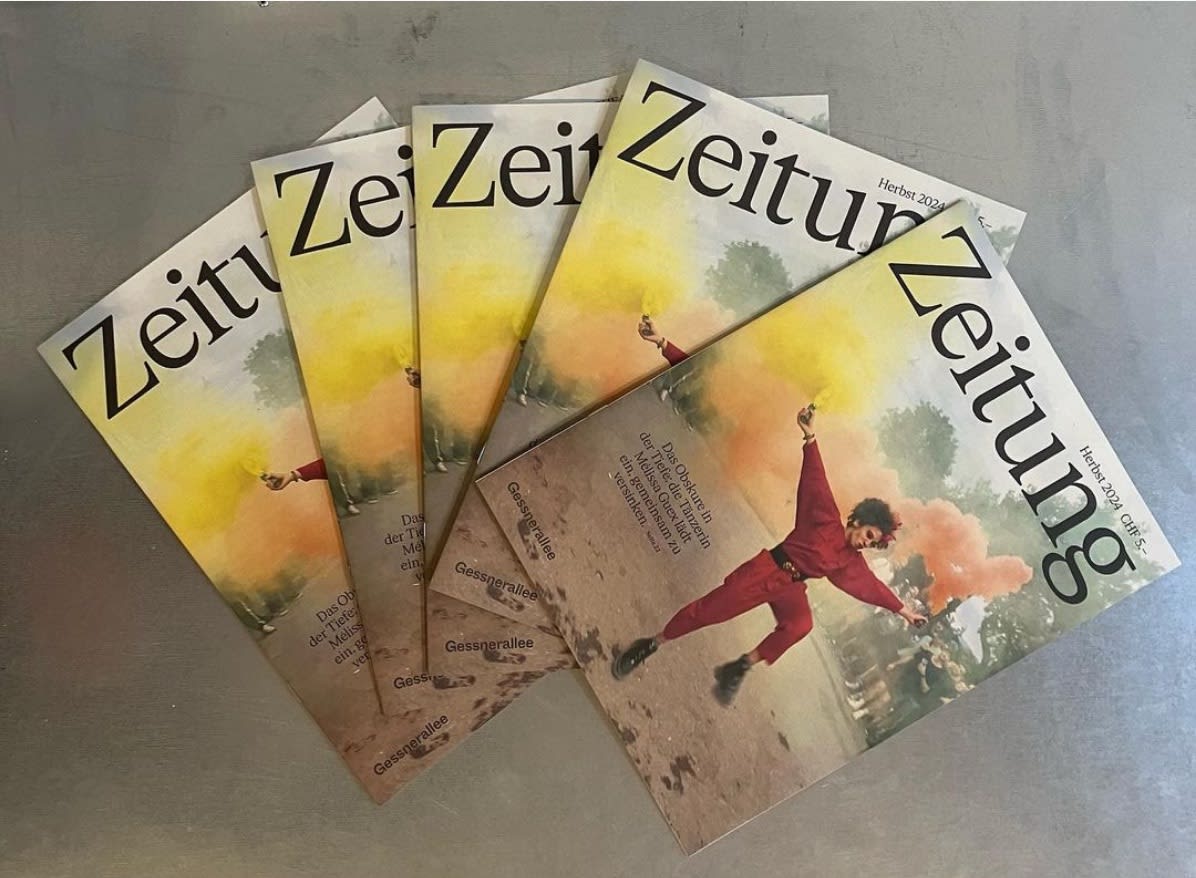Dear visitors to the Gessnerallee, dear culture enthusiasts, dear artists
As we are showing ‘UNTER UNS - Eine Reise in die Tiefen des Bodens’ for the first time at Gessnerallee tomorrow, we wanted to find out more from director Dimitri de Perrot about his deep listening theater.
Gessnerallee: In ‘UNTER UNS’, over 70 minutes of deep listening the audience explores the hidden worlds of the ground as a living treasure in an experimental theatrical experience. How did the idea for this come about? What inspired you to do it?
Dimitri de Perrot: It all started with the question of encounter: how free am I when I encounter something new - a different view, an as yet unknown idea? The uncertain and unpredictable can quickly seem threatening, but I see something profoundly alive and creative in it that I want to give space to. It is the nature of life to be in a constant state of flux, to constantly weave itself anew. This gave rise to the image of listening to the soil - as the foundation of life. Soil is a huge network that absorbs, negotiates, interweaves and develops in a great collaboration across differences and temporalities.
You understand hearing and the perception of sound as a skill that must be practiced and cultivated again and again for it to unfold. Your spatial and sound installations create spaces for reflection that allow you to think about the boundaries between the individual and the community and the connection to a shared reality. What are your thoughts on this?
I often imagine life as a big improvisation - a dance of the moment, of everyone who is there, with everything that is there. Listening is an essential basis for this. Listening or deep listening requires the audience to allow the ambiguous, with no quick images or answers. Socially, we tend to cling to supposed certainties. Listening and hearing enable us to recognize ourselves as participants in a larger system.
‘UNTER UNS’ is also accessible for children (recommended from the age of 10). You recently said that children are often an appreciative audience. Why is that?
With my pieces, I want to create a theatrical space in which we can experience something special and become curious. I deliberately tell stories without a classical narrative, instead letting sound, space and presence do the talking. Allowing yourself to listen also means letting go of control and giving space to your own associations. Children often do this very well: they playfully connect with the moment. In performances, I notice how their curiosity and impartiality often create an atmosphere that also makes it easier for adults to surrender to listening and the here and now.






